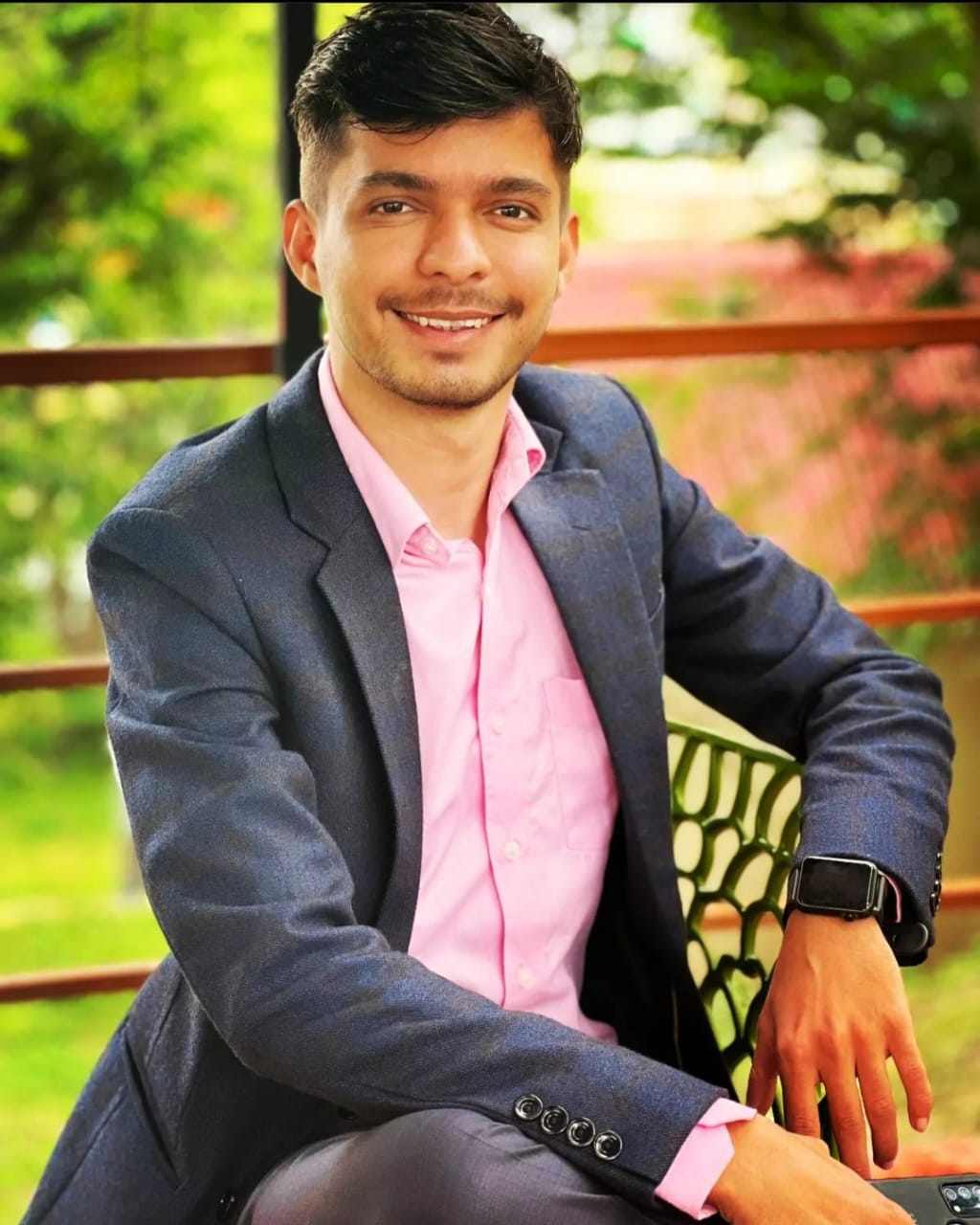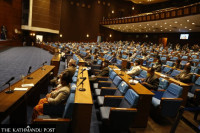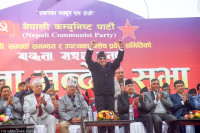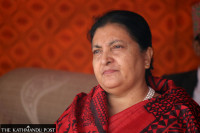Politics
New forces came and went. Will emerging parties be different?
Swatantra, Janamat became national parties at one go. Here’s a peek into their prospects.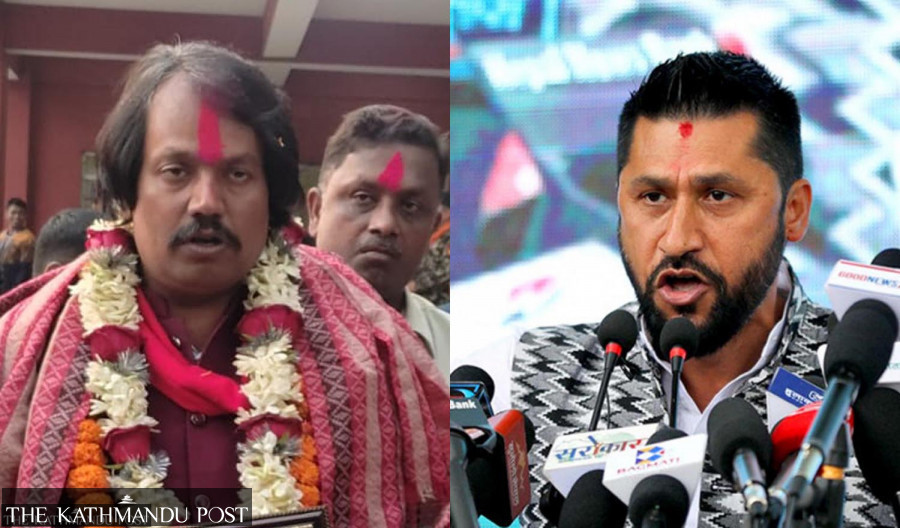
Nishan Khatiwada
The newly-emerged Rastriya Swatantra Party stunned the old parties in the recent by-elections, securing landslide victories in two of the three constituencies. Another new force, the Madhesh-based Janamat Party, gave a tough fight to the provincial veteran Upendra Yadav, who was the common candidate of the ruling coalition, in Bara-2. The bypoll results, according to observers, give a clear message to the traditional political parties that the public is fed up with their lacklustre performance and misuse of power over the years.
However, it is not the first time in Nepal’s political history that a new force has trounced the big, old players in the elections. The second Jana Andolan in 2006 too had created a fertile ground for new outfits.
New forces from movements
The Maoist and Madheshi parties emerged as major political forces after the second people’s movement. They have been major players in Nepal’s politics since, even though their influence and strengths are on the decline.
The CPN (Maoist) emerged as the largest party in the 601-member Constituent Assembly elected in 2008 and the Madhesh-based parties born out of the Madhesh movement—the Madheshi Janadhikar Forum, the Tarai Madhesh Loktantrik Party—along with the Sadbhawana Party, an older outfit, together locked in 81 seats.
After a decade-long insurgency, the Maoist party wanted to come to power, as they put it, to work to the benefit of the poor and the marginalised groups. The Madhesh-based parties rose to power from a movement carrying agendas such as the empowerment of the region and identity-based politics. Their movement also helped in the establishment of a federal system.
“The Maoist party wanted an authoritarian communist system, but it had to compromise to work in a democratic setup. The party continues to be split between its desired destination and where it ended up,” said political analyst Mumaram Khanal.
One and a half decades down the line, both the Maoists and the Madhesh-based forces have lost much of their popular base.
“The aura of the new forces that emerged from Maoist and pro-Madhesh movements soon faded as they could not retain the public's trust,” said Chandra Kishore, a political commentator.
New ‘new’ forces
After the promulgation of the constitution in 2015, the political parties had more or less settled the fundamental political issues, except for reservations of some ethnic-based parties and groups demanding a federal system carved along identity lines. Some new parties—the Bibeksheel Sajha and the Naya Shakti—emerged later on their promises of good governance and economic prosperity.
But the Bibeksheel Sajha Party, which claimed to be the flagbearer of alternative politics in Nepal, has now weakened. The party had created a buzz in the 2017 polls, with its appeal to urban youths.
Today, not only Bibeksheel Sajha, the Naya Shakti Party, a brainchild of the Maoist ideologue Baburam Bhattarai, has also disappeared into thin air.
Former prime minister Bhattarai had dubbed his Naya Shakti an alternative political force as it was formed in 2016.
In the 2017 elections, Bhattarai was the only one candidate of the party to make it to the federal parliament. He later joined a larger identity-based outfit.
Bhattarai now leads the Nepal Samajbadi Party. The party contested the polls under the Maoist Centre’s electoral symbol. In seven years, Bhattarai has come full circle, re-joining hands with the Maoists.
Likewise, the proposal of Bibeksheel Party chair Rabindra Mishra in July last year for a referendum on secularism and abolition of federalism riled his party leaders, leading to a split. Mishra then joined the right-wing Rastriya Prajatantra Party to contest the 2022 major polls.
New kids on the block
The Rastriya Swatantra Party (RSP)’s performance in the November 20 major polls surprised many. It won 20 seats in its first foray into parliamentary politics and earned a national party status. Similarly, the CK Raut-led Janamat Party, also in its maiden parliamentary elections, got six seats and became a national party.
Commentator Chandra Kishore says unlike the new forces that emerged in the past, the current ones have charismatic leadership. “The previous leaders were slow, Rabi is fast. So the people have been talking about him as an action-oriented man. Bibeksheel wanted slow change, which is not an attractive prospect,” Chandra Kishore said.
Similarly, the old Madhesh-based parties confused the people on Madhesh issues, leading to widespread frustration. The Janamat Party has been able to cash in on that.
“But it is unclear how the Janamat will address the diverse issues of Madhesh,” said Khanal. “The party continues to revolve around the old issues set by the Madhesh movement.”
Janamat Party chair CK Raut had once adopted the agenda of ‘independent Madhesh’, but his politics of secession never found a firm footing. Raut then gave up his radical agenda to join mainstream politics by signing an 11-point agreement with the KP Sharma Oli-led government on March 8, 2019. Ten days later, he founded the Janamat Party.
According to Khanal, the Rastriya Swatantra Party has got the mileage because it has not openly discussed and debated political issues and agendas. For instance, it is still tightlipped on the federal system. “If the Rastriya Swatantra Party starts to be vocal on its reservations over federalism, which is a political issue, it could see a decline in popularity.”
The new forces have challenges galore and they can emphatically push their agendas from the opposition benches, raising public issues and focusing on organisation building, say observers.
Political parties in Nepal are eager to join the government as soon as they win a few seats. But then the ministers can do little on their own in the Cabinet system where executive powers are in the hands of the prime minister. “In this system, there cannot be successful ministers if the prime minister himself is unsuccessful,” Khanal added.
Observers say traditional forces like the Congress and the UML will try their best to weaken the new ones, playing on their internal tussles, as they did with the Madhesh-based forces and the Maoist Centre. “How the RSP will tackle manipulation by the big parties is a big question,” said Chandra Kishore.
The need of ideology
Many ‘new forces’ that have emerged in Nepali politics over the years lacked ideological clarity, which was a major obstacle to their growth, as evident in the rise and fall of parties such as Bibesksheel Sajha.
“Ideology does not mean high-sounding principles and -isms. Ideologies are the bases for development and good governance. They are the glue with which to connect with the people. Nepal’s traditional parties talk of principles and ideologies, but seldom do they honour them,” said Khanal.
Observers say the new parties, at some point of time, must take some ideological stands on issues of public interest.
Commentator Chandra Kishore agrees that ideology matters. “The new parties such as Rastriya Swatantra should not try to water down issues like federalism and the system of inclusion. Otherwise they too could quickly decline.”
Soon after the November poll results were out, Bibeksheel Sajha chair Samikchya Baskota has perceptively said, “Bibeksheel created a buzz in 2017. But when it came to determining the party’s political line on federalism, secularism, constitution and other vital political issues, the strong yet differing professional, educational and ideological orientations of leaders started creating problems. Their ideological differences clashed.”
Will the Rastriya Swatantra and the Janamat parties take heed?




 7.12°C Kathmandu
7.12°C Kathmandu